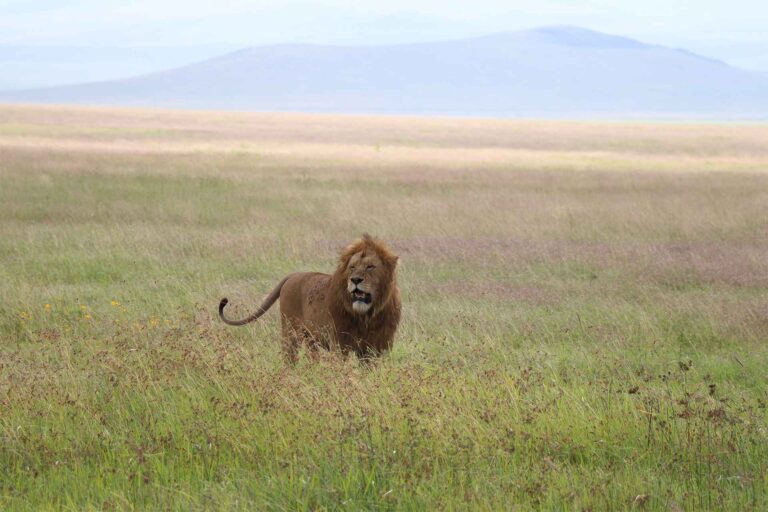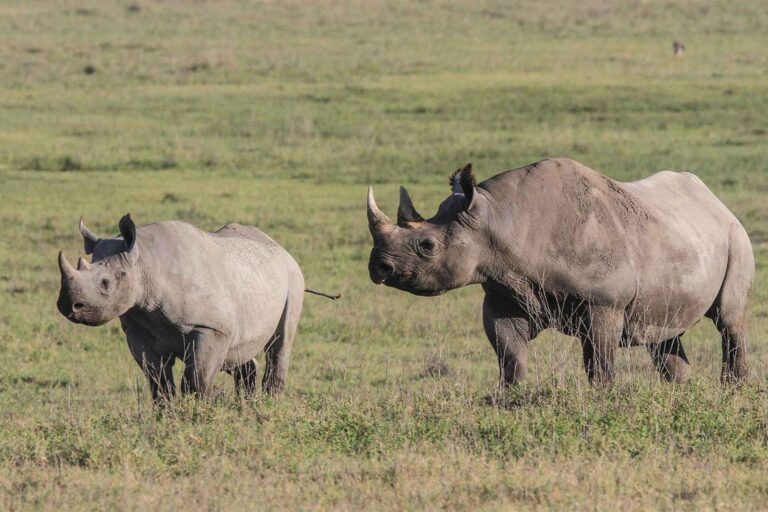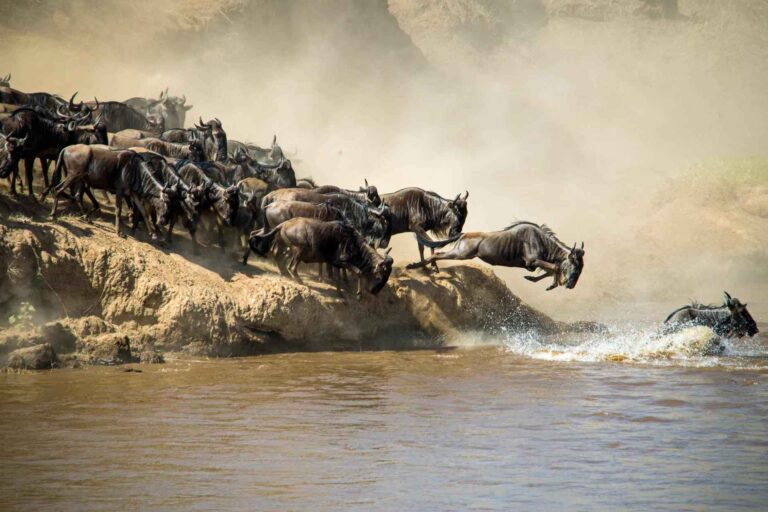Great Serengeti Migration
- Home
- Great Serengeti Migration
SERENGETI WILDEBEEST MIGRATION
Experience the incredible journey of the Serengeti Migration Safari as it guides you through the breathtaking landscapes of Tanzania’s iconic Serengeti National Park. Witness one of the planet’s most remarkable wildlife spectacles, where millions of wildebeests, bears, and other herbivores traverse vast expanses of land in search of better grazing and water sources.
As you follow the trail of the migration, you’ll be immersed in the sheer magnificence of nature. Encounter immense herds thundering across the open plains, bravely crossing treacherous rivers, and facing off against formidable predators like lions and crocodiles.
The Serengeti Migration Safari offers an unparalleled opportunity to witness the vibrant kingdom of wildlife in action. Whether you’re a passionate nature lover or an avid wildlife enthusiast, this journey is a must-do. The pristine beauty of the Serengeti combined with the awe-inspiring spectacle of migration creates an unforgettable experience that will leave an indelible mark on your heart.
When Serengeti Migration Occur?
The Serengeti Wildebeest Migration is an awe-inspiring natural phenomenon that unfolds with astonishing regularity year after year. It commences in the southern Serengeti plains and the Ngorongoro Conservation Area, where vast numbers of wildebeest gather during the calving season from January to March. With the onset of the dry season around June, the herds embark on their northward journey in search of fresh grazing lands and water sources. This journey includes the iconic river crossings, particularly across the Mara River, where the presence of lurking crocodiles adds to the spectacle, showcasing scenes of chaos and bravery as the wildebeest surge through the turbulent waters.
By July, the herds disperse across the northern Serengeti and extend into Kenya’s Maasai Mara, before eventually looping back towards the Serengeti around October as the rainy season beckons them southward once again. This cyclical migration, guided by ancient instincts and ecological rhythms, plays a crucial role in sustaining the Serengeti ecosystem and stands as a testament to the enduring resilience of wildlife in the face of challenges. Each stage of the migration provides a unique insight into the circle of life, captivating visitors with its drama, beauty, and primal energy.
WHY DO WILDEBEEST MIGRATE?
Wildebeest migrate primarily in search of water and fresh grazing pastures. Their annual migration in the Serengeti ecosystem is driven by the seasonal patterns of rainfall and the resulting growth of new grass. As the dry season progresses and the grass becomes depleted in their current area, these animals move to regions where rain has fallen more recently, leading to lush vegetation.
Their migration cycle is a continuous quest for sustenance, aiming to follow the rains and find areas with adequate food and water resources. This cyclical movement helps them survive and thrive by ensuring access to the necessary resources for their survival, particularly during the different stages of their reproductive and calving cycles. Additionally, the migration pattern also helps in avoiding overcrowding and overgrazing in any single area, allowing the ecosystems to recover and regenerate.








